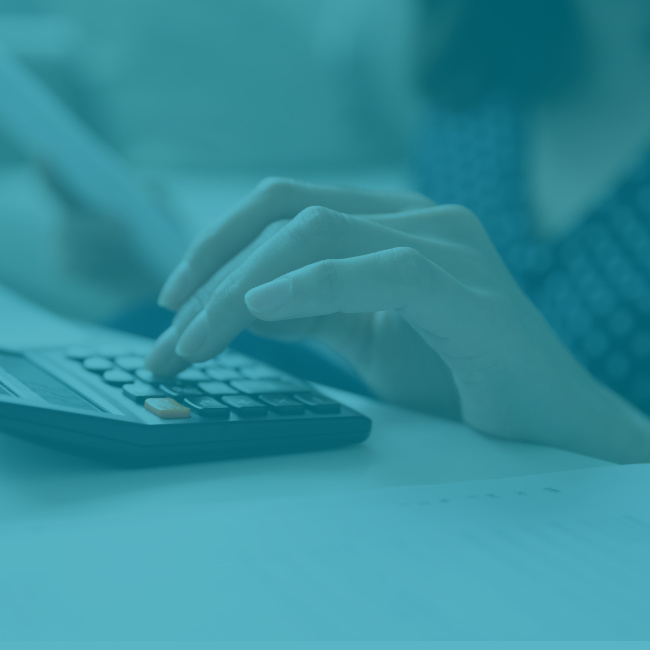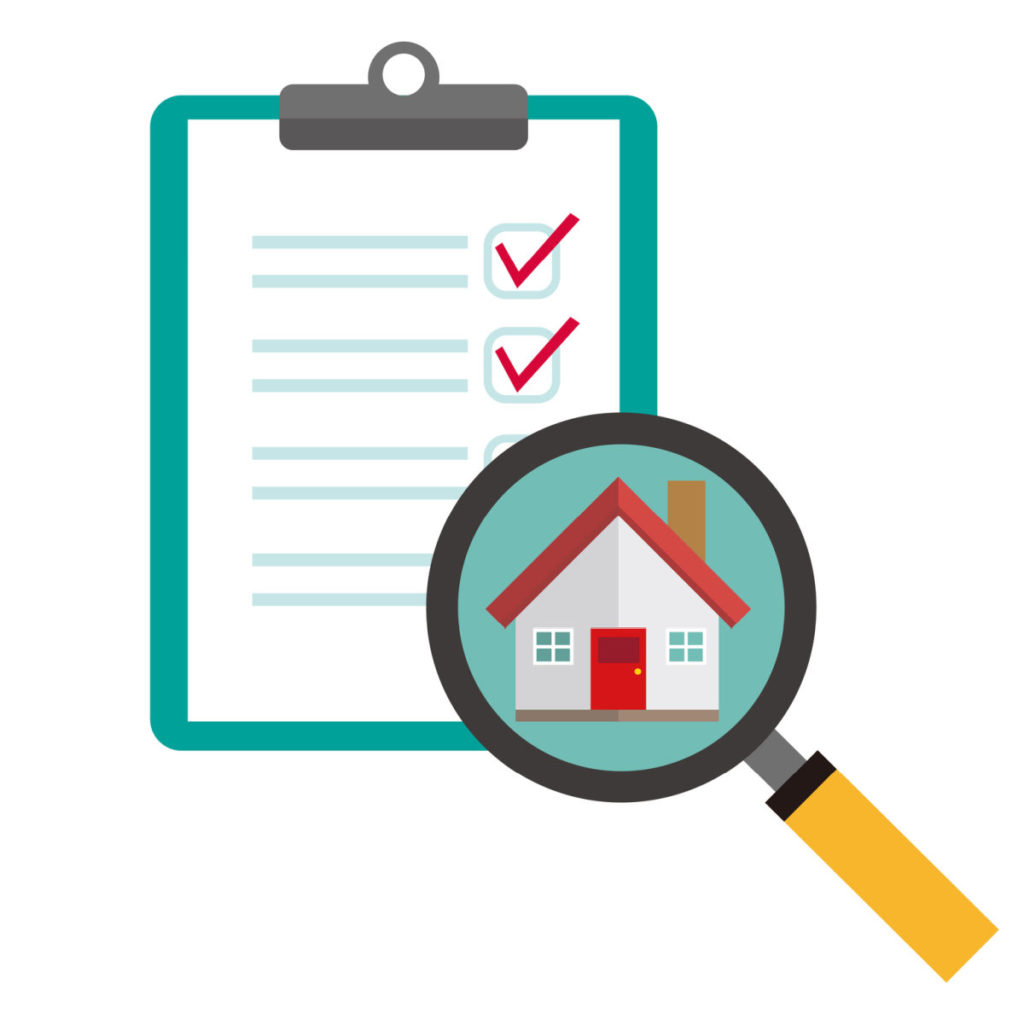If you’re struggling to manage and pay off your debts personal bankruptcy may be a formal debt forgiveness solution worth exploring. Read on to learn about the often-misunderstood personal bankruptcy process and information to help you decide whether filing bankruptcy could be the right debt relief option for you.
How Does Bankruptcy Work?
Bankruptcy is a powerful legal debt forgiveness process Canadians are entitled to choose in situations where their debts have become unmanageable. Personal bankruptcy means you get legal protection from your creditors and debt forgiveness that eliminates virtually all your debts.
- The overall goal of personal bankruptcy is to provide the honest but unfortunate person an opportunity to start fresh, free from unmanageable debt.
- For most people bankruptcy is a simple legal process, and you work with a Licensed Insolvency Trustee throughout your bankruptcy. No lawyers, no court appearances, and no need to ask creditors for permission to seek bankruptcy protection.
There are several potential debt management solutions that a Licensed Insolvency Trustee (or Insolvency Estate Manager working with a Licensed Insolvency Trustee) will help you explore during a confidential consultation about your situation and general needs.
During your consultation with Sands & Associates we will review all your options together, including strategies for self-directed consolidation, debt repayment plans and Consumer Proposals, also additional resources that may help you in addressing your debts or are relevant to your circumstances.
Preparing for Your First Meeting with Sands & Associates
What are the Advantages of Filing Bankruptcy?
The beneficial outcomes of declaring personal bankruptcy include:
- Getting full forgiveness for almost all types of debt including (but not limited to): credit cards, overdrafts, bank loans, taxes and other Canada Revenue Agency debts, CERB overpayments, student loans, payday loans and more
- A personal bankruptcy may also cover business-related debts.
- Removing unaffordable debt repayments from your monthly budget
- Protecting your assets and income from creditors, including halting wage garnishments
- Stopping the stress of debt and gaining a financial fresh start that allows you to move forward with your life and achieve your future financial goals
In certain situations choosing bankruptcy can be the best way to get out of debt, and, compared to other debt solutions, bankruptcy is often additionally advantageous being the least expensive debt option and the fastest to complete.
What Happens to my Assets if I File Personal Bankruptcy?
Most people keep all their assets during personal bankruptcy. This is because you are entitled to claim certain assets as exempt property – meaning they are protected from creditors. Even if you have assets beyond exempt values, there are options by which you can keep them if you declare bankruptcy.
In BC assets exempt from seizure in bankruptcy include (but are not limited to):
- Equity in a home in Greater Vancouver and Victoria = $12,000
- In the rest of the province = $9,000
- Household items of a (quick/garage sale) value up to = $4,000
- One vehicle of a value up to = $5,000
- The vehicle exemption drops to $2,000 if the person is behind on child support payments
- Work tools of a (quick/garage sale) value up to = $10,000
- Essential clothing and medical aids value = Unlimited
- You are entitled to keep funds held in an RRSP, except for contributions made within the 12-month period prior to your date of bankruptcy
- A transfer between RRSPs is different from a contribution.
- Certain life insurance policies and nearly all pension plans
If you have an ongoing mortgage or vehicle loan or lease in good standing you may choose to continue paying those secured debts outside your bankruptcy. Or you may decide not to continue those agreements and resolve any balances owing from these debts in your bankruptcy.
If applicable, options for managing non-exempt assets and secured debts would be discussed together with your Licensed Insolvency Trustee during the consultation stage before you move forward.
An Overview of ‘Seize or Sue’ and Vehicle Loans in BC – Learn More
What Do I Need to Do to Complete Bankruptcy?
You will have a few key responsibilities to fulfill during personal bankruptcy and your Licensed Insolvency Trustee (or Insolvency Estate Manager) will help guide you and be available for ongoing support throughout. Some of these basic duties include:
- Keeping us advised of your address and other contact information
- Letting us know if your household, family or income situation changes
- Generally cooperating with requests by your Licensed Insolvency Trustee for assistance and information (such as tax information) as we complete your bankruptcy administration
Financial Credit Counselling Sessions: You will complete two private financial credit counselling sessions with a friendly Sands & Associates Qualified Insolvency Counsellor.
These sessions take around 45 minutes each and are supportive conversations intended to offer you resources, strategies and tools for areas of financial literacy such as: budgeting and spending habits, financial planning and goal setting, credit scores, and more.
Completing a Monthly Statement of Income & Expenses (Household Budget Form): Each month you’ll complete a basic form detailing your household income and expenses:
- You may be asked to submit some, or all, of these household budget forms along with proof of your income and certain expenses to your Licensed Insolvency Trustee.
- You will report your spouse’s and other family members’ incomes as part of completing your Statement of Income & Expenses, but they are not expected to make financial contributions to your bankruptcy, nor undertake responsibility for the debts being included in your bankruptcy.
Unless you and your spouse have jointly held debts where they have co-signed responsibility (or a supplementary credit card), there will generally be no impact on your spouse if you declare bankruptcy.
My Spouse is Filing for Bankruptcy – Now What?
Paying Required ‘Surplus Income’ or Bankruptcy Administration Fees (Determined by Income): Surplus income is the amount that your net (after tax) income exceeds government monthly low-income guidelines. Using your Statement of Income & Expenses we will calculate whether you have surplus income, which is then used to determine:
- How long your bankruptcy will last; and
- How much you will need to pay each month.
How Long Does Bankruptcy Take?
You will be ‘in bankruptcy’ for a period that varies depending on a few factors and during this period you’ll be completing the duties previously detailed so you can successfully exit (i.e., be discharged) from bankruptcy. Most bankruptcies will be completed in:
- 9 months with an ‘Automatic Discharge’. This is by far the most common and applies when there is:
- No prior bankruptcy, no opposition to discharge, all duties completed; and
- Household income does not require $100 or more surplus income to be paid.
- If your household income is higher than the government’s ‘low income’ threshold you might instead expect an ‘Automatic Discharge’ after 21 months when there is:
- No prior bankruptcy, no opposition to discharge, all duties completed; and
- Household income requires payment of $100 or more of surplus income.
Once your bankruptcy is started your debts will be frozen right away and creditors will not be allowed to pursue you for payment. Upon your official discharge from bankruptcy the debts included will be written-off and forgiven by your creditors. You are now debt-free!
Our goal is for you to have a stress-free, no-surprises experience, exiting bankruptcy in the shortest possible time to achieve full forgiveness of your debts.
It is also possible to file bankruptcy even if you’ve been bankrupt before. It’s important (whether you’ve declared bankruptcy before or not) to explore all your options with a Licensed Insolvency Trustee before moving forward. Many people find they can avoid bankruptcy with an alternative such as a Consumer Proposal.
Can I Declare Bankruptcy More Than Once? Learn More
How Much Does Bankruptcy Cost?
If your income is such that you do not have any surplus income requirements, you can expect to pay a basic administrative fee for your bankruptcy instead of making surplus income payments.
- In most cases the cost payable by you to file for bankruptcy is $2,700.
- At Sands & Associates we do not ask that you pay this all up-front and can often arrange for you to pay by monthly payments throughout your bankruptcy.
- The fees for bankruptcy include services and costs paid directly by your Licensed Insolvency Trustee during the bankruptcy administration, which may include (but are not limited to):
- Government filing fees
- Financial counselling sessions
- Preparation and filing of income tax returns
- Personal Property Registry Search charges
Your regular earnings such as wages, salaries, commissions, self-employment income, pensions, etc., will all continue to be paid directly to you throughout your bankruptcy.
- Other government benefits and credits (Canada Child Benefit, GST/HST Credits, etc.) will also continue to go to you as usual, with the general exception of certain income tax refunds.
- There is no cap or maximum amount of income you can earn during your bankruptcy.
Being able to plan your household budget and expenses is important – we will help you estimate your bankruptcy costs before you proceed. We want you to feel confident and in control as you move ahead.
When is Filing for Bankruptcy the Best Option?
How Long Does Bankruptcy Stay on My Credit?
In most situations only you, your creditors, your Licensed Insolvency Trustee and the Office of the Superintendent of Bankruptcy (“OSB”) will know about your bankruptcy, and credit bureaus will obtain information relevant to their records directly from the OSB.
- The OSB is the government body that oversees all Licensed Insolvency Trustee matters and filings that the Bankruptcy and Insolvency Act applies to, including bankruptcies and Consumer Proposals.
A bankruptcy will be noted as an R9 on your credit history for six years following your discharge from bankruptcy. This is the same duration as many other common transactions such as missed payments or creditor judgments, and the note is temporary – credit history and scores can change dramatically in as little as two to three years.
- Although many people decide to wait until after bankruptcy to take on new credit, this isn’t a requirement. It is possible to apply for and be granted credit long before this R9 note expires from your credit history, including vehicle financing, mortgage renewals, etc.
- It is an achievable goal to be considered for a mortgage loan in as little as two-to-three years after completing bankruptcy and guidance on establishing credit is part of the bankruptcy financial counselling process.
There is life (and credit) after bankruptcy!
How Do I Claim Bankruptcy?
There are three basic steps to officially starting bankruptcy with Sands & Associates:
- Have a confidential, non-judgmental consultation with a Licensed Insolvency Trustee (or Insolvency Estate Manager working with a Trustee)
- Complete an information form so your bankruptcy documents can be prepared for you
- Sign the official bankruptcy documents
Your Licensed Insolvency Trustee will take care of the administration of your bankruptcy filing including working on your behalf in creditor communications and notifying your creditors of your decision to file.
We understand that no one wants to be in a position where they are considering bankruptcy and that you may be experiencing a lot of stress and anxiety as you come to the decision to reach out for help. Please know that whatever challenges you have been dealing with, there are solutions – and we’re here to help you find the one that’s right for you and your situation.
Explore your options and learn how bankruptcy could get you to a debt-free financial fresh start. Book your free confidential debt consultation today, virtual and in-person services are available across BC.






